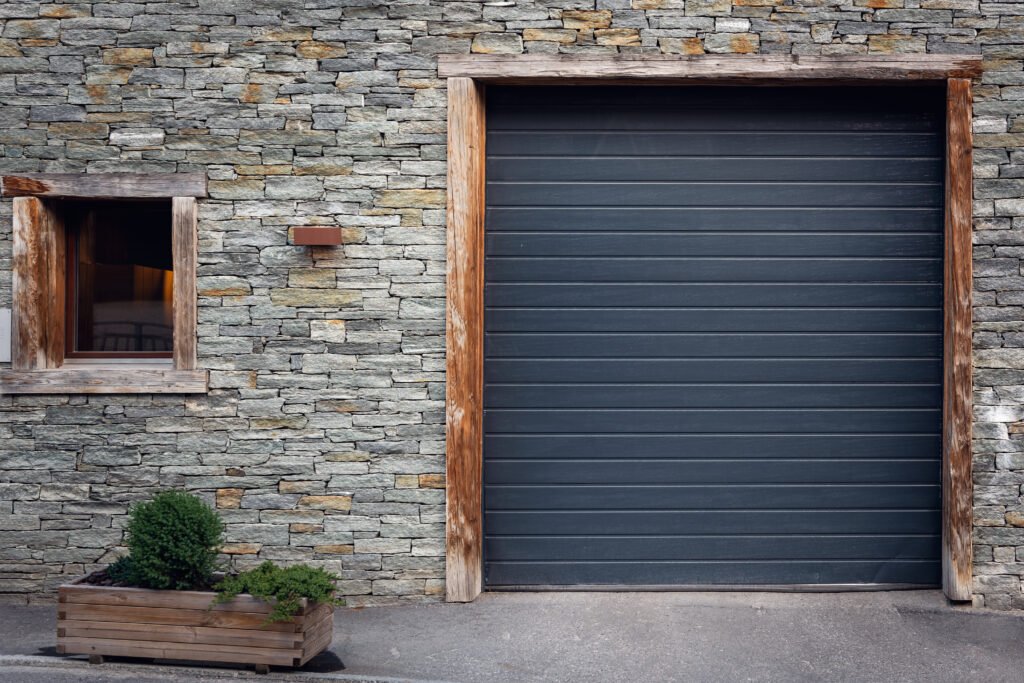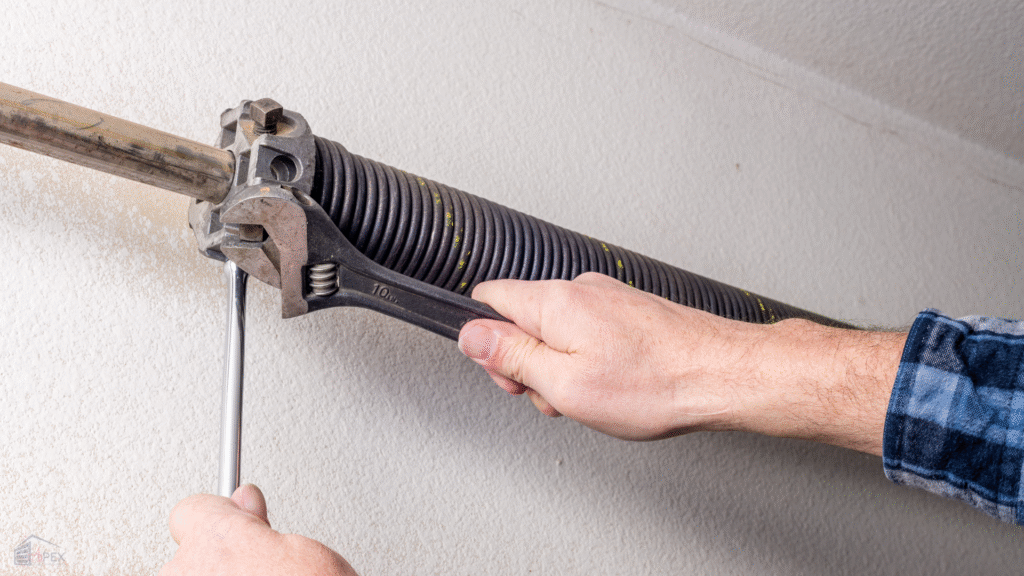Preparing Your Garage Door for Winter: The Complete Guide
As winter approaches, many homeowners focus on sealing windows and insulating pipes—but often forget one critical area: the garage door. Properly preparing your garage door for winter can save you from costly repairs, improve energy efficiency, and protect your belongings.
Below is everything you need to know to keep your garage door operating smoothly during the cold season.
Why You Should Winterize Your Garage Door
Cold temperatures, snow, and moisture can take a serious toll on your garage door and its components. Without preparation, you risk:
- Drafts and heat loss that raise your energy bills
- Frozen or brittle moving parts
- Mechanical failure that leaves your door stuck or unsafe
By winterizing your garage door, you ensure smoother operation, longer lifespan, and better protection for your home.
Key Signs Your Garage Door Needs Pre-Winter Maintenance
Before winter hits, look out for warning signs that your garage door needs attention:
- Loud noises like grinding or squeaking
- Delayed response when opening or closing
- Cracks, rust, or damaged weather seals
These issues can worsen in cold weather, so it’s best to fix them early.
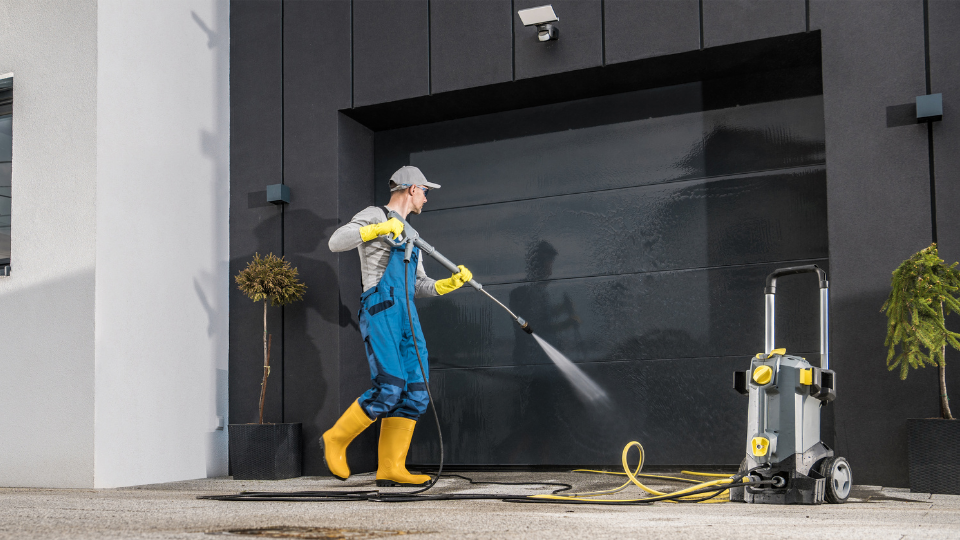
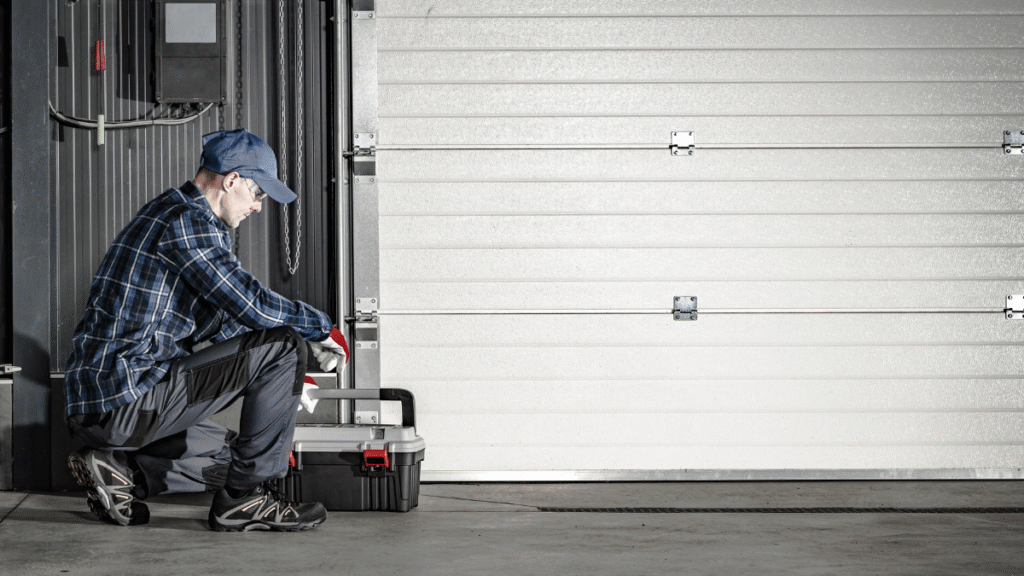
Step-by-Step: How to Prepare Your Garage Door for Winter
- Inspect the door and tracks for damage or wear
- Tighten loose bolts and brackets with a socket wrench
- Clean and lubricate the rollers, springs, and hinges using silicone or white lithium grease
This basic tune-up improves reliability and helps prevent breakdowns.
Seal and Insulate for Maximum Warmth
To stop drafts and retain heat inside your garage:
- Install weatherstripping around the door’s edges
- Add insulation panels to the interior of the door
- Replace the bottom seal if it’s worn or cracked
These upgrades are simple but highly effective.
Don’t Forget the Weatherstripping
Check all seals carefully. If they’re cracked, brittle, or missing, it’s time for a replacement. Most weatherstripping products are easy to apply and provide an immediate improvement.
Lubrication Tips for Freezing Temperatures
Winter lubrication is essential to keep your garage door working smoothly:
- Use silicone spray or white lithium grease
- Apply to all moving metal parts every 2-3 months
- Clean the tracks before lubricating
Avoid using standard oil, which can thicken in the cold.
Test Your Garage Door’s Balance
An unbalanced door puts extra stress on your opener and can cause damage. To test:
- Disconnect the opener
- Manually lift the door halfway
- If it doesn’t stay in place, it may be unbalanced—call a professional
Make Sure the Opener Is Ready
Power outages and cold temps can affect your opener. To prepare:
- Check or install backup batteries
- Test remotes and wall pads
- Adjust auto-close settings
Smart garage door openers offer added convenience and control during winter.
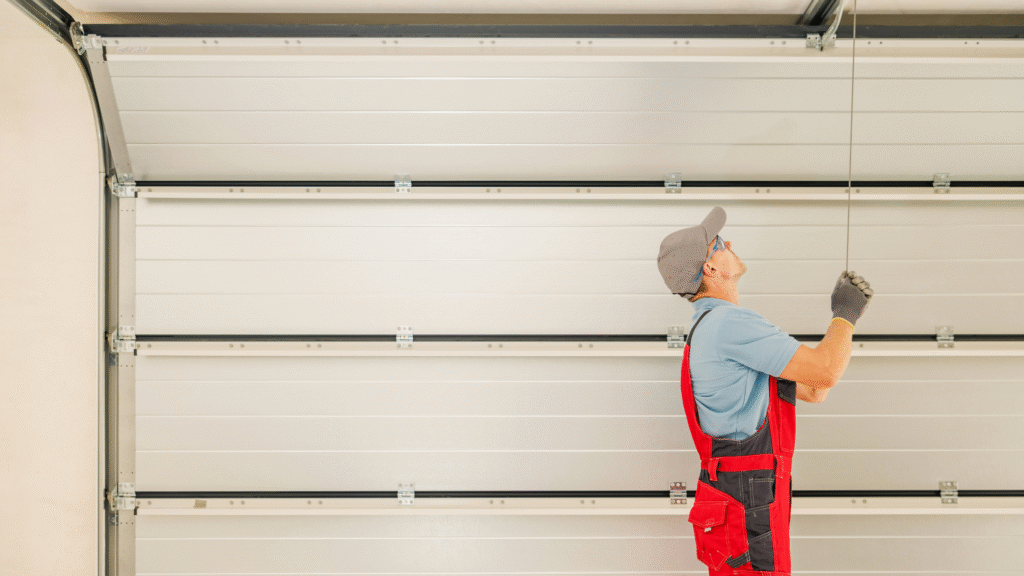
Keep Your Garage Door Running Smoothly – Trust the Dallas Experts
Basic upkeep like inspections and lubrication is safe for homeowners—but when it comes to springs, cables, or loud noises, trust the pros. Dallas weather demands regular garage door maintenance.
📞 Call Apex Garage Door Services at 972-550-6869
🕒 Open daily 7:00 AM – 8:00 PM | 24/7 emergency service
Combat Condensation and Moisture
Winter humidity can create condensation inside your garage. Here’s how to manage it:
- Use a dehumidifier to reduce moisture
- Improve ventilation with wall vents or a fan
- Apply moisture-resistant sealants to walls and floors
Safety Checks You Shouldn’t Skip
Make sure all safety features are functional:
- Test the auto-reverse feature
- Clean and align the photo-eye sensors
- Check the emergency release cord
These steps keep your garage door safe for use all season long.
Winter Care for Your Garage Door Opener
Cold temperatures can affect the motor’s performance. Maintenance tips:
- Clean the sensor lenses
- Test your opener’s remote range
- Consider upgrading to a smart system if your opener is outdated
Protecting the Garage Floor
Snow, salt, and chemicals can damage your garage floor in winter. Prevent issues by:
- Sealing cracks with epoxy
- Using anti-slip floor mats
- Ensuring proper drainage
Common Garage Door Problems in Winter
Be on the lookout for:
- Frozen seals that prevent the door from opening
- Snapped springs from temperature stress
- Malfunctioning sensors due to dirt or moisture
Prompt maintenance can prevent bigger issues down the road.
When to Call a Garage Door Professional
If you notice any of the following, it’s time to call a pro:
- Loud or strange noises
- Door slams shut or won’t stay open
- Opener strains or fails to lift the door
Professional service before winter can prevent emergency repairs later.
Essential Winter Maintenance Checklist
| Task | Frequency |
|---|---|
| Inspect weatherstripping | Monthly |
| Lubricate all moving parts | Every 2-3 months |
| Test door balance | Once before winter |
| Clean sensors | Monthly |
| Check opener batteries | Twice during winter |
Frequently Asked Questions
How do I stop cold air from coming into the garage?
Use weatherstripping, bottom seals, and insulation kits to block drafts.
Can I lubricate the door in freezing temperatures?
Yes. Use cold-weather lubricants like white lithium grease or silicone spray.
How often should I check the door in winter?
Inspect it once a month for any visible issues or noises.
Can cold weather cause the springs to snap?
Absolutely. Cold can make springs brittle, especially if they’re old.
Should I upgrade my opener before winter?
If it’s unreliable or outdated, upgrading can improve both safety and comfort.
Do I need professional help?
An annual check-up is smart, especially if your door is older or already showing signs of wear.
Conclusion
Preparing your garage door for winter is one of the easiest ways to keep your home safe, warm, and energy-efficient. A little time spent now can save you from expensive repairs and freezing frustrations later. Take action today and enjoy a worry-free winter season.


